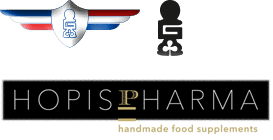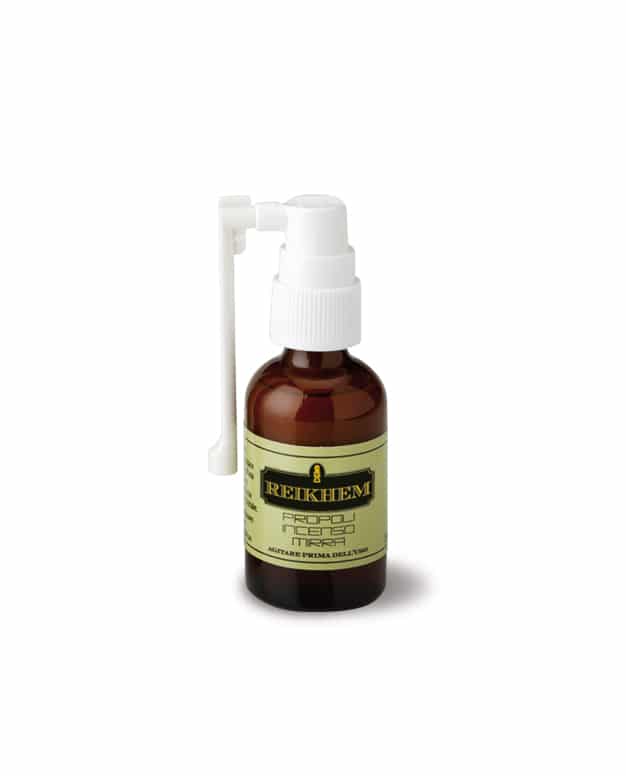Descrizione
CARATTERISTICHE DEL PRODOTTO
propoli incenso mirra
Propoli Incenso e Mirra fra i doni più preziosi che la Natura ci elargisce, in uno spray esempio ed ispirazione all’ETNOMEDICINA e di come da un contesto storico possa nascere non solo un messaggio ma anche molto altro. La propoli italiana da apicultori selezionati, Latte d’Asina, particolarmente ricco in Lisozima ed ottenuto liofilizzato fresco ogni giorno.
Uno spray per il benessere della bocca e della gola con una spiccata proprietà muco adesiva grazie alla mucillagine in sinergia con lo Shiitake. La mirra favorisce funzionalità della mucosa orofaringea. Lo Shiitake favorisce le naturali difese dell’organismo.
INGREDIENTI:
- MIELE ITALIANO
- LATTE D’ASINA BIOLOGICO CONCENTRATO
- PROPOLIS ITALIANA 10%
- COMMIPHORA MOLMOL ENGL. GOMMORESINA
- BOSWELIA SERRATA ROXB. RESINA
- LENTINULA EDODES (BERK.) PEGLER (SHITAKE)*
- STEVIA REBAUDIANA
- AROMI NATURALI
COME UTILIZZARE IL PRODOTTO
3 spruzzi 3 volte al giorno. Agitare prima dell’uso.
DOSI GIORNALIERE
PROPOLI 100mg
BOSWELLIA 50mg
MIRRA 50mg
SHIITAKE 20mg
FORMATO
30ml
Boccetta in vetro e nebulizzatore cartone triangolare.
* materia prima origine CINA
BIBLIOGRAFIA
Tucker AO. (1986) Frankincense and Myrrh. Econ Bot 40, 425– 433.
Mincione E, Iavarone C. (1972) Terpeni dalla Commifera mirra Arabica. Nota I. Chim Ind (Milan) 54, 424–425.
Wiendl RM, Franz G. (1994) Myrrh. New chemistry of an old plant drug. Dtsch Apoth Ztg 134, 27–29, 31–32.
Dolara P, Corte B, Ghelardini C, Pugliese AM, Cerbai E, Menichetti S, Lo Nostro A. (2000) Local anaesthetic, antibacterial and antifungal properties of sesquiterpenes from myrrh. Planta Med 66, 356–358
Michie CA, Cooper E. Frankincense and myrrh as remedies in children. J R Soc Med. 1991;84(10):602–605.
Borrelli F, Izzo AA. The plant kingdom as a source of anti-ulcer remedies. Phytother Res. 2000;14(8):581–591.
Azizah Al-Mobeeriek Effects of myrrh on intra-oral mucosal wounds compared with tetracycline- and chlorhexidine-based mouthwashes, Department of Oral Medicine and Diagnostic Sciences, College of Dentistry, King Saud University, Riyadh, Saudi Arabia
Lena Ciric, Anna Tymon, Egija Zaura, Peter Lingstrom, Monica Stauder, Adele Papetti, Caterina Signoretto, Jonathan Pratten, Michael Wilson, and David Spratt; In Vitro Assessment of Shiitake Mushroom (Lentinula edodes) Extract for Its Antigingivitis Activity; Journal of Biomedicine and Biotechnology; Volume 2011, Article ID 507908, 7 pages doi:10.1155/2011/507908
Tanner, M. F. J. Maiden, P. J. Macuch, L. L. Murray, and R. L. Kent, “Microbiota of health, gingivitis, and initial periodontitis,” Journal of Clinical Periodontology, vol. 25, no. 2, pp. 85–98, 1998.
Hirasawa, N. Shouji, T. Neta, K. Fukushima, and K. Takada, “Three kinds of antibacterial substances from Lentinus edodes (Berk.) Sing. (Shiitake, an edible mushroom),” International Journal of Antimicrobial Agents, vol. 11, no. 2, pp. 151–157, 1999.
Zaura Egija, Buijs Mark J, Hoogenkamp Michel A, Ciric Lena, Papetti Adele, Signoretto Caterina, et al. The Effects of Fractions from Shiitake Mushroom on Composition and Cariogenicity of Dental Plaque Microcosms in an In Vitro Caries Model. J Biomed Biotechnol. 2011;2011:1–10
Bernkop-Schnurch, A., Krist, S., Vehabovic, M., & Valenta, C. (1998). Synthesis and evaluation of lysozyme derivatives exhibiting an enhanced antimicrobial action. European Journal of Pharmaceutical Sciences, 6 (4), 301–306





